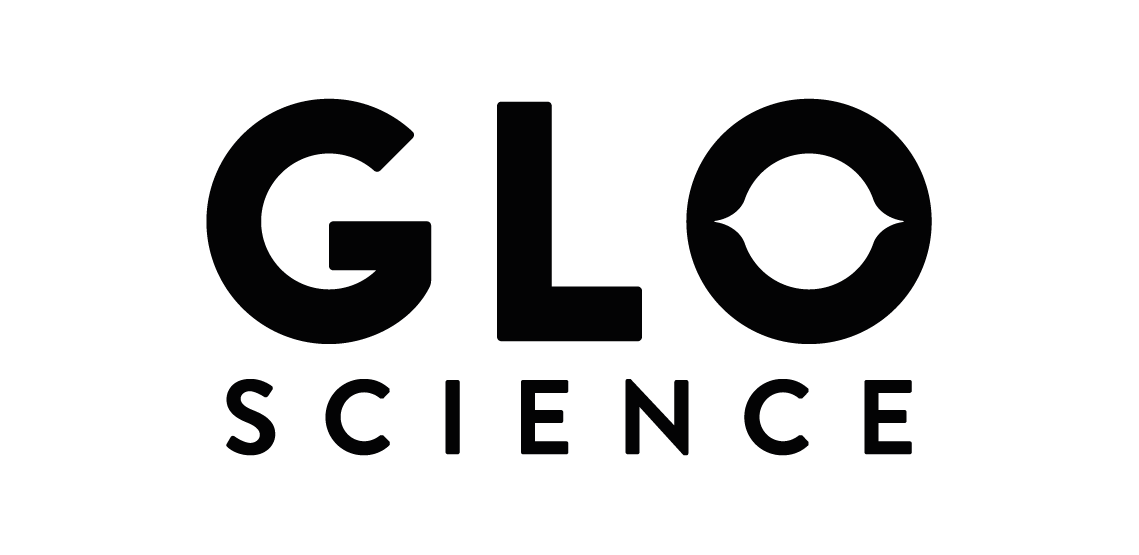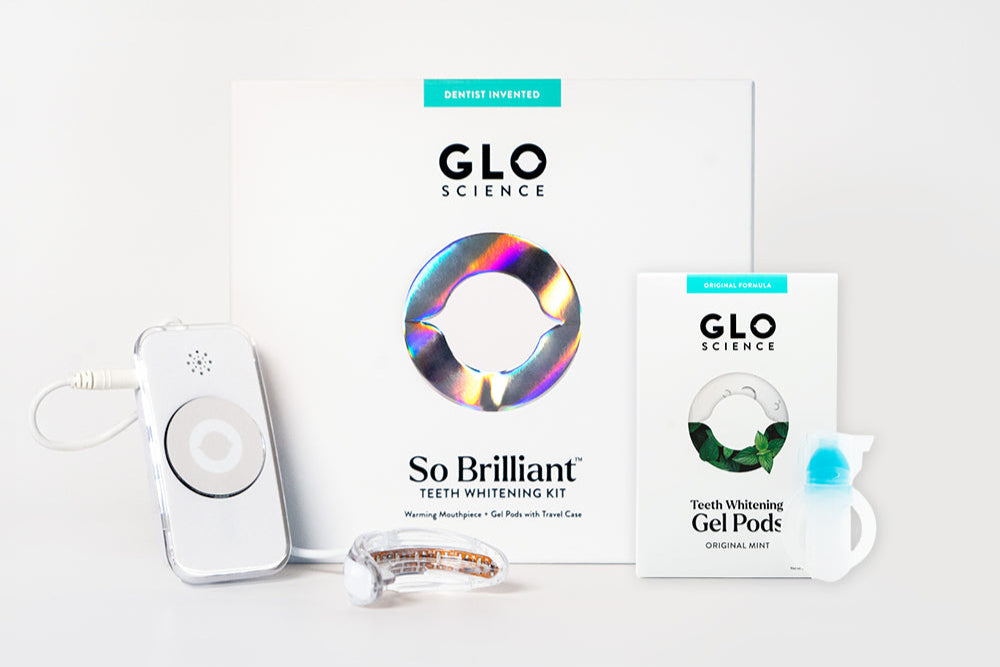
Types and Causes of Teeth Stains
Types of Teeth Stains
Stains can cause tooth discoloration on the surface of your teeth or changes in your tooth material - or both. In general, there are three different categories that tooth discoloration can fall into:
● Extrinsic Teeth Stains
An extrinsic tooth stain occurs when stain particles from colored foods or drinks build up on the protein film that covers your tooth enamel. Tobacco, coffee, tea, and red wine are the most common causes of extrinsic tooth stains. These surface stains respond well to routine oral care, daily brushing, and regular dental cleanings.
● Intrinsic Teeth Stains
Intrinsic tooth stains occur when the staining particles work their way through the protein film and gather within the enamel surface. Excessive fluoride use, tooth decay, trauma, and some medications can cause intrinsic stains. Genetics can also play a part, making some people's teeth slightly darker. These deep stains are tougher to tackle than surface stains, so they’ll need a more robust whitening treatment, such as professional whitening sessions or special at-home whitening kits.
● Age-Related Teeth Stains
As we grow older, the enamel layer protecting our teeth thins. This exposes more of the dentin, the inner core of the tooth, which is naturally darker than enamel. Dentin widens over time and shows through the thin enamel. On top of that, external causes such as tobacco and staining foods and drinks lead to a gradual yellowing of adult teeth. Fortunately, a consistent oral hygiene routine coupled with regular, professional-grade teeth whitening treatments can help manage and reduce aging teeth.
What Causes Teeth Stains
There are several causes of tooth discoloration. Some are controllable and can be prevented, while others are beyond our control. Determining the real reason behind your stained teeth will help you find the best solution to manage it.
- Dark-colored foods and Beverages: Coffee, tea, berries, wine, soy sauce, and other fruits and vegetables can cause teeth discoloration.
- Smoking & Tobacco: Research has shown that smokers usually show darker-colored teeth than nonsmokers.
- Poor Oral Care: Stains stick easily to dental plaque. Without regular brushing and flossing, plaque and stains build up and harden, leading to tooth discoloration.
- Genetics: The brightness, thickness, and translucency of the enamel varies from one
person to another, and affecting their natural teeth shade.
- Excessive Fluoride: Too much fluoride, whether naturally high in water sources or ingested from supplements, rinses, or toothpaste, can lead to fluorosis, which appears as white spots or patches on teeth.
- Trauma and Diseases: Any trauma, illness, or disease, such as celiac disease and calcium deficiency during childhood, can impact enamel formation, leading to discoloration. This can happen before birth or while teeth are still forming. Moreover, direct trauma to adult teeth can also affect their color.
- Medications: Several medications can stain teeth, including antipsychotics and certain anti-allergic and high blood pressure drugs. If taken during childhood, antibiotics like tetracycline and doxycycline can also lead to discoloration. Moreover, some mouthwashes containing chlorhexidine can cause brown stains. Radiation and chemotherapy used for cancer treatments are among the most common causes of teeth discoloration as well.
- Aging: The core of your teeth (called dentin) yellows over time, and the enamel becomes thinner. This causes your teeth to lose their white color and look dull or brown.
- Dental Treatments: Some dental materials and fillings, such as silver amalgam, can make teeth appear grayish. Root canal treatments may also cause tooth color changes.
How to Fix Stained Teeth
There are various treatment options available depending on the kind of stain you may have. More extensive stains caused by defective enamel formation, trauma, or decay may require professional attention for full coverage with crowns, veneers, or dental bonding. But the good news is that the most common types of stains can easily be reversed by whitening treatments.
However, finding the proper treatment may be all you need to make your teeth white and dazzling. At GLO Science, we offer various whitening options to ensure you get a bright and healthy smile. Here are the options you should consider trying:
-
Whitening Devices
Our dentist-invented devices use patented gentle warming heat and light technology to reveal your brightest smile quickly and without sensitivity. It targets extrinsic and intrinsic stains in only three 8-minute sessions a day over five days so that you can enjoy up to 10 shades whiter smile.
-
Whitening Gels
If you are a coffee or wine enthusiast, the GLO To Go Whitening Pen is exactly what you need to instantly ditch the stains before they set in. No matter where you're at, you can whiten your teeth to boost your confidence and impress wherever you go.
-
Professional Whitening Services
If you are looking for more profound results in just one sitting, talk to a GLO Dentist. The GLO professional whitening sessions will target intrinsic and extrinsic stains in just 16 minutes.
A bright white smile can boost your self-confidence and make you seem more inviting, approachable, and friendly. With the different products we offer at GLO Science, you're sure to find one that will remove extrinsic, intrinsic, and age-related stains that might be discoloring your teeth.
Click HERE to Get Your GLO Device Today!
Our most convenient, mess-free way to whiten without sensitivity.







